Hammer Time: Behind The Gavel
Auto auctions are unique creatures. There are endless lines of cars going in and out of the lane. Auctioneers using their powers of persuasion to create the urgency to buy. Alliances. Egos. Organized chaos at every moment… and most of all a reserve price that has to be met come hell or high water. There is one unique twist to today’s auto auction world. Many buyers and sellers will never come to the auction. They are online. Viewing all the sales and inventory for the week on a computer. Which brings to me the first company featured in this three part installment:: Insurance Auto Auctions.
You would think that a name like Insurance Auto Auctions would pretty much explain everything they do. They sell what you crash. About a decade or so that was pretty accurate. Today it’s the enthusiasts version of a smorgasbord. Anywhere from a Rolls Royce, to a Maserati, to a Murilee Martin find can be had at their sales. 1.25 million units were sold overall in 2010 at 159 different facilities. Many of which had clean titles and were ready to drive out. Not only cars. But motorcycle’s, ATV’s, RV’s, watercraft, scooters, trailers. Pretty much anything that can have a motor connected to it. Click here for a sample of their inventory or here for a tutorial.
IAA uses a hybrid model to sell their vehicles. An auctioneer is there for the live sale along with simultaneous online bidding. It’s a similar model to most other competitors in the business. Except that IAA has more of an international clientele. 30% of their inventory is sold to foreign buyers with a near 50/50 split between lane bidding and online bidding. These international buyers require easy importation laws and affordable tariffs and thanks to today’s market forces, that has now become a reality. Even if you never come attend an auto auction, you will enjoy lower insurance rates and far fewer ‘Frankensteins’ on American roads thanks to the international scope of this market.
These international buyers will have U.S. contacts who usually prefer to have live bidding and viewing. The computer screen can only provide so much information and IAA has to sell nearly 25,000 units a week. Every week. That must get everything from titles, to paperwork, to condition reports, to run numbers. It’s a momentous task that results by necessity in a more hands-off approach with inspections. It is the golden rule of all auto auctions where high stakes and high risk are a given… you better know what you’re doing. Your ‘education’ will always come from your mistakes, and we all make them.
Even the ones that may buy 50 to 70 units a week will have people on the ground inspecting the inventory beforehand. In developing countries there is a strong demand for affordable transportation. Especially if that transportation is spec’d out like the typical American car.
Premium sound systems, Satellite and navigation systems. Advanced variable-timed engines and power everything may be standard and expected options in our market. But in developing markets that’s simply not the case. Even air conditioning was hard to come by until recently in most counties. This opportunity to sell this type of premium product translates into a lot of healthy competition at IAA’s auctions. The dealer from Belarus will indeed compete with the ones from Bolivia and the United Arab Emirates when that late model Toyota Camry is ready for sale.
In the next installment, I will focus on the dealer side of the equation. What it takes to bring a smashed, trashed, or even a clean vehicle through all the red tape and ‘distribution channels’ of their home countries. It’s not an easy task… and getting the cars into the country is surprisingly the easy part of the process.
More by Steven Lang
Latest Car Reviews
Read moreLatest Product Reviews
Read moreRecent Comments
- Alan As the established auto manufacturers become better at producing EVs I think Tesla will lay off more workers.In 2019 Tesla held 81% of the US EV market. 2023 it has dwindled to 54% of the US market. If this trend continues Tesla will definitely downsize more.There is one thing that the established auto manufacturers do better than Tesla. That is generate new models. Tesla seems unable to refresh its lineup quick enough against competition. Sort of like why did Sears go broke? Sears was the mail order king, one would think it would of been easier to transition to online sales. Sears couldn't adapt to on line shopping competitively, so Amazon killed it.
- Alan I wonder if China has Great Wall condos?
- Alan This is one Toyota that I thought was attractive and stylish since I was a teenager. I don't like how the muffler is positioned.
- ToolGuy The only way this makes sense to me (still looking) is if it is tied to the realization that they have a capital issue (cash crunch) which is getting in the way of their plans.
- Jeff I do think this is a good thing. Teaching salespeople how to interact with the customer and teaching them some of the features and technical stuff of the vehicles is important.
















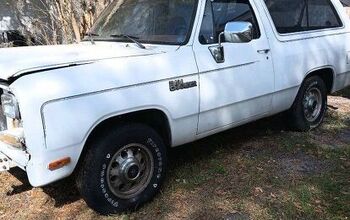


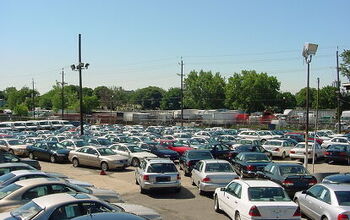
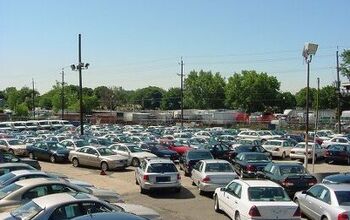
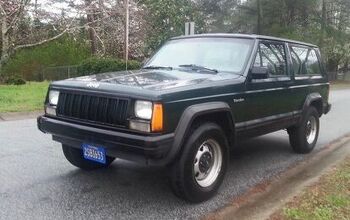

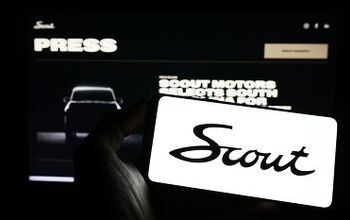

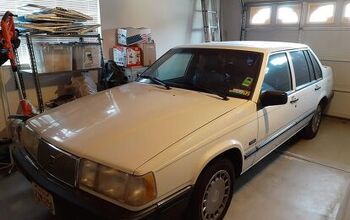
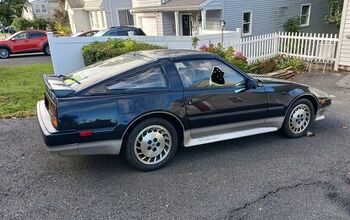

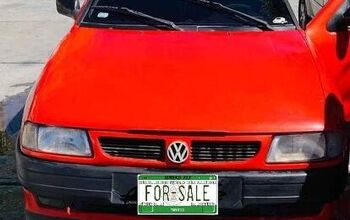

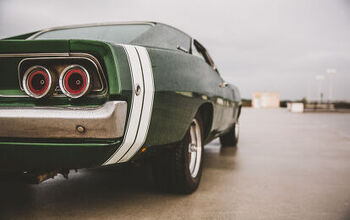
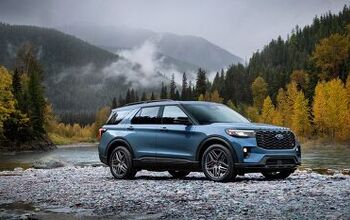


Comments
Join the conversation
Interesting article, I appreciate your coverage of the auction world, which most of us would never read about.
Great article, Steven. Was in Cambodia a few weeks ago, and nearly all the cars there are U.S. spec. Most popular are '91-01 Camrys and Corollas, '00-04 Landcruisers for the well-heeled, which are badge-engineered to become Lexus 470s. A smattering of Asian-spec Fords and Chevys, even a couple of Hummer H3's. A local said Cambodians believe that left-hand drive American Toyotas are viewed as the best quality, superior to Toyotas made in Japan or Thailand. Even Canadian-spec Camrys (w/KM speedos) are rejected, as they're not "American" cars.